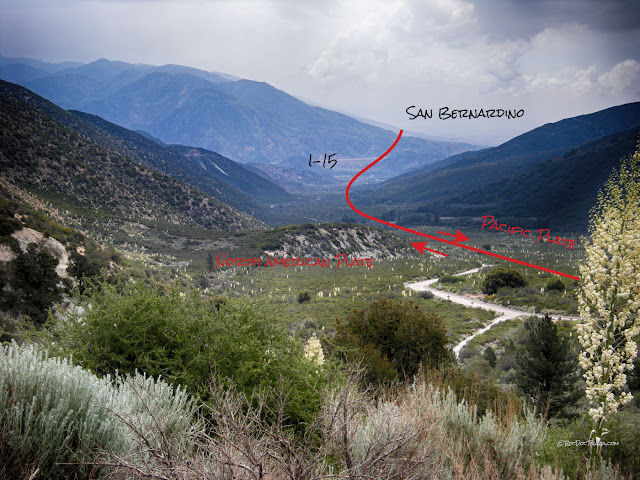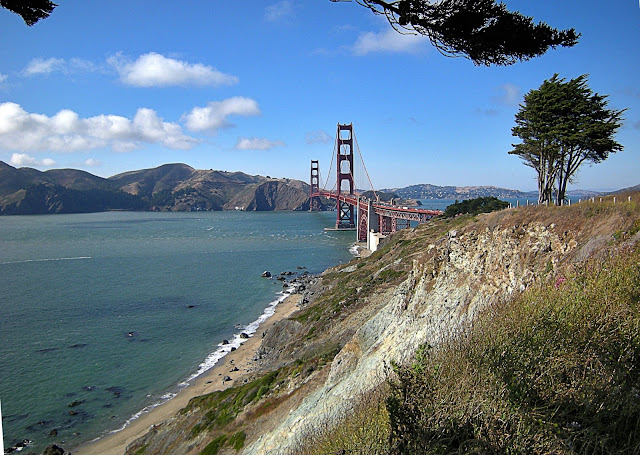Thrust Faults in the Las Vegas Area
Sevier Thrust Faults in Southern Nevada
Thrust faults in southern Nevada formed because of tectonic collisions during the Sevier orogeny (Cretaceous, about 160-60 million years), which shoved continental shelf and margin sedimentary rock layers eastward by at least 50 km.
Watch this video flyover on YouTube by clicking on the picture or the link: https://youtu.be/tsIOEjypEcQ
Wheeler Pass Thrust
See in YouTube: https://www.youtube.com/watch?v=vFzsFXEs6aAThis thrust places the early Proterozoic (1.6 to 2.5 billion years) Stirling Quartzite over the much younger Mississippian and Pennsylvanian strata (between 360 and 300 million years).
A close-up view of the thrust in Wheeler Pass.Gass Peak Thrust
To the east of Wheeler Pass is Gass Peak and its namesake thrust, which are interpreted as correlative.
The Gass Peak thrust is located directly north of Las Vegas. At the end of the video, the Keystone thrust in Red Rocks State Park is in the pinkish cliffs in the upper right.
See posts labeled with Sevier - Laramide Project






